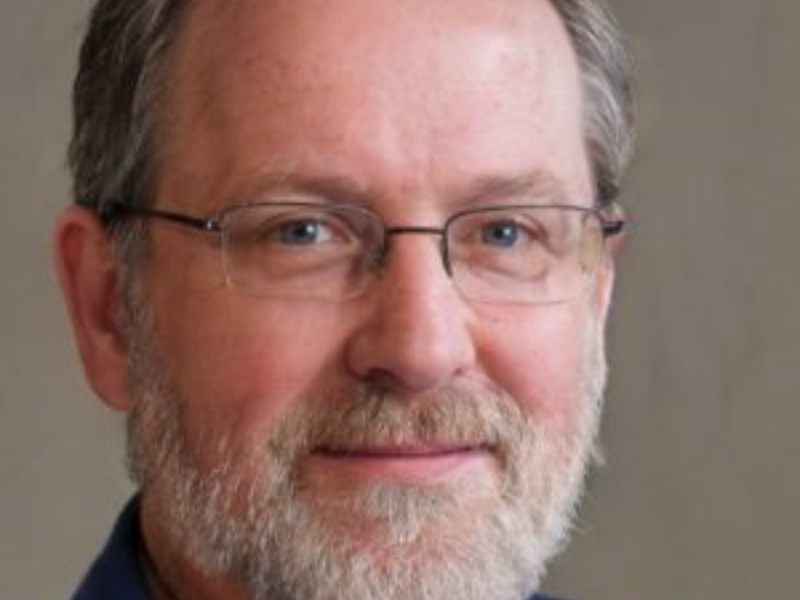A Unique and Unexpected Audio Experience
- 27 Apr 2009 12:23
- 485
I am an unregenerate and unrepentant Wagnerian, so I try to keep abreast of all new Wagner releases on CD. When I requested the 2-CD Profil (Günter Hänssler) DCD PH07048 set from Naxos, the distributor, I expected nothing more than some scratchy old archival tracks from Germany, with perhaps some decent singing by forgotten old-timers. I was in for a big surprise.
The set is subtitled Edition Staatskapelle Dresden, Vol. 23, obviously part of a series. The tracks that amazed me were recorded on September 21, 1944, in the acoustically marvelous State Opera House (Semperoper) of Dresden, which was pulverized, along with the rest of the city, in the much-debated air raid the following February.
To give you more of an idea of the timeline in Nazi Germany as of September 1944, that was one month after Adolf Eichmann reported from Hungary to Heinrich Himmler that approximately 4 million Jews had died in death camps and that an estimated 2 million had been killed by mobile units. At the very moment of the recording, Eichmann was still transporting thousands more Hungarian Jews to Auschwitz; the Allied forces were rapidly advancing in Western Europe; the Russians were on the border of Hungary in the east; the war was clearly lost by the Nazis; further fighting was national suicide; but to a crazed Führer the Final Solution was obviously even more important than winning the war.
In this roiling cauldron of evil and self-destruction, the Semperoper was an incongruous bubble of high culture, where a world-class performance of Die Walküre was being recorded by artists who were apparently nonpolitical enough (i.e., not very Nazi) to have successful international careers after the war. The most prominent of them was Max Lorenz, 43, one of the 20th century’s outstanding Heldentenors, who sang Siegmund. Sieglinde was the soprano Margarete Teschemacher, 41; Hunding was the great bass Kurt Böhme, 36; Wotan was the baritone Josef Herrmann, 41; the conductor of the superb Staatskapelle Dresden was Karl Elmendorff, 52, a Bayreuth and La Scala veteran. I indicate their ages at the time of the recording to show that they must have been at or near the zenith of their powers, not just leftover has-beens for wartime use.
The performance is by and large up to the highest international standards, as I’ve already stated; Kurt Böhme is possibly the scariest Hunding I’ve ever heard; Josef Herrmann sings Wotan’s farewell beautifully; and Karl Elmendorff’s conducting is dynamic, unmannered, thoroughly idiomatic—but those are not the reasons I was excited. What is extraordinary is the 1944 recording—on magnetic tape, at 77.2 centimeters (30.4 inches) per second!
Sophisticated tape recording technology was unknown at the time to anyone in the Allied countries; the Germans had developed it and kept it secret until the equipment was discovered by the occupation forces after the end of the war. Even the latest and greatest recording projects of RCA Victor, Columbia, NBC radio, and other major American companies were on 16-inch 331/3-rpm acetate masters in 1944. The difference was night and day. The German magnetic tape recordings with high-frequency bias, moving past the heads at the high speed of 30 ips, were basically equal, or at least comparable, to some of today’s best recordings in frequency range, distortion, dynamic range, and noise floor. I could have been listening to a 2007 recording of Die Walküre, except that it was in mono. (Stereo became the standard in the late 1950s.) I couldn’t quite figure out the microphone setup; it could have been just a single mike; but the voices are always picked up fairly close, so that every syllable of the German text is crystal clear, much clearer than in modern stereo recordings. Perhaps it was the superior acoustics of the opera house. The orchestral sound also has great presence and timbral accuracy.
What I simply can’t understand is how this remarkable audio experience could have passed without commentary by the critics when the same tracks were first released on the Tahra label as part of a no longer available four-CD set titled The Staatskapelle of Dresden [1548–1959]: a Sound Portrait. Nobody seemed to have noticed the hi-fi gem among all the scratchy old mono recordings. It seems to confirm my suspicion that a lot of music critics listen to recordings through their kitchen radio. At any rate, we should be grateful to Profil for reissuing this exceptional rarity.
